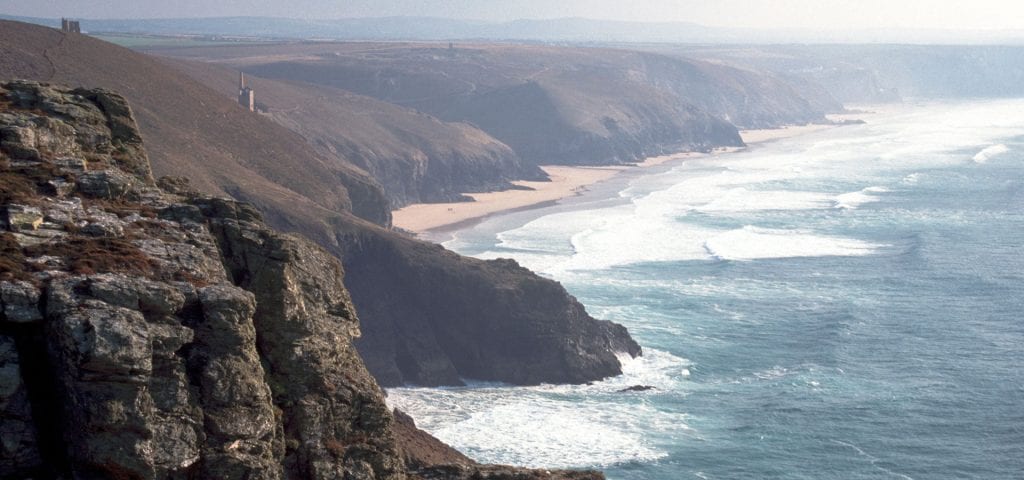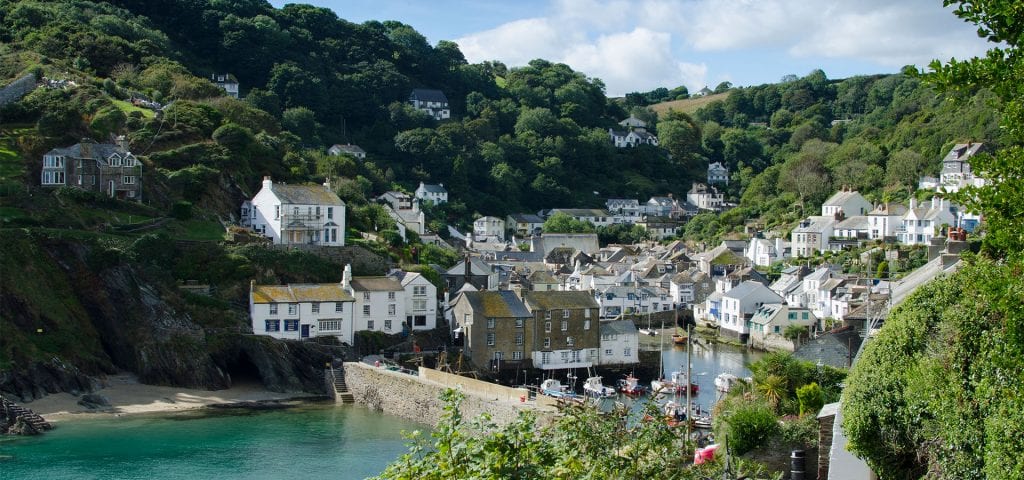While its Victorian cathedral draws visitors from far and wide, Truro has plenty of appeal for those willing to venture beyond High Cross. Some of its most appealing corners are the wild, green lungs of the city: Daubuz Moor to the north, Coosebean Greenway to the west.
It’s here you’ll find Chris Waddle, countryside ranger for Truro City Council. It’s his job to look after the woodlands and meadows, and he does so with the help of several groups of volunteers and “friends”, often locals who know only too well the value of these outdoor spaces for exercise and mental health.
The largest of Chris’s patches is Coosebean at 38 acres. In 2013, a new 1.3km cycle and pedestrian route was opened here; linking western Truro with the city centre, it gives cyclists a safe alternative to the busy A390, and walkers a scenic stroll through the Kenwyn Valley, which sits just behind the urban stretch of Malabar. This is a popular spot for families, thanks in no small part to its charming trail of fairy doors created by John Rowe.
It’s a far cry from when the area was riven with rubbish and anti-social behaviour. “Previously, it wasn’t really a place where people wanted to go,” says Chris. “Now families visit and feel comfortable here. The community helps to keep it clean and safe, and without a doubt they are helping to reduce the impact of pollution in the city centre.”
Bound by the River Allen, Daubuz Moor’s 18 acres were bequeathed to the city the Rev C Enys in 1977, as a joint celebration of the Queen’s silver jubilee and the centenary of Truro being granted city status by Queen Victoria. Named after influential tin smelter Lewis Charles Daubuz, the area had been used for grazing and recreation, and during the 19th century adjoined Moresk flour mill. It is spanned by the railway viaduct dating from 1904, with 14 freestanding pillars all that remains of Brunel’s original wooden structure.
No fairy doors here, but wooden posts pointing out the huge variety of wild flowers, including an ever-growing spread of southern marsh orchids. The area is extremely popular with dog walkers, and boardwalks have been added to take them closer to the babbling waters. Users are actively encouraged to contribute to an online eco-survey in conjunction with Exeter University, so the city council can keep abreast of the abundant flora and fauna.
“It’s fantastic,” says Chris. “While there are four clear seasons further north, here it’s more like two seasons: one wet, one warm. But our wet winters keep the meadows quite damp, and it can be boggy in the middle. It’s constantly changing the biodiversity of the area.”
Chris also manages two smaller areas. Glasteinian Woods surrounds the River Tinney and offers a verdant shortcut from the adjacent housing estate to Tregolls School; as with Coosebean, locals have pitched in to clean up a neglected space and transform it into a valued local resource. “Kids will often run through it while their mums walk the long way round, meeting up at the other end. That freedom is worth a million gold stars in my book,” says Chris with obvious pride.
A green space at the end of St George’s Road, known informally as John Tann Land after the local resident who donated it, has been transformed into wildflower meadows, with commemorative trees and resting places. From here, it’s a gentle walk across farmland to New Mill, walking back on the other side of the Kenwyn to join up with Coosebean (look out for a corking view of the cathedral).
Chris is touched by the commitment of local volunteers to these spaces. “What hit me about Truro was the community, how close people are and how much they care about their local spaces,” he says. “I grew up in the North East – my home town was built for the collieries, and people hated the area. Here, they are surrounded by some of the nicest countryside in the UK and they are proud of it. Everyone I’ve met has a real interest in the outdoors. We also have lovely gardens and displays, and people embrace that. It’s a nice feeling.”
He urges visitors: “Take some time to really soak up the wildlife around you, and be ready to be amazed by what a woodland city can actually provide. We have riparian, broad-leaved, semi-ancient woodland and natural meadows, the most I’ve ever seen in a city. We have mammals – squirrels, foxes, badgers, deer. The birdlife is phenomenal. I feel immersed in wildlife, just metres away from a housing estate.”


